Here's Some Shocking Facts About Crime In The United States
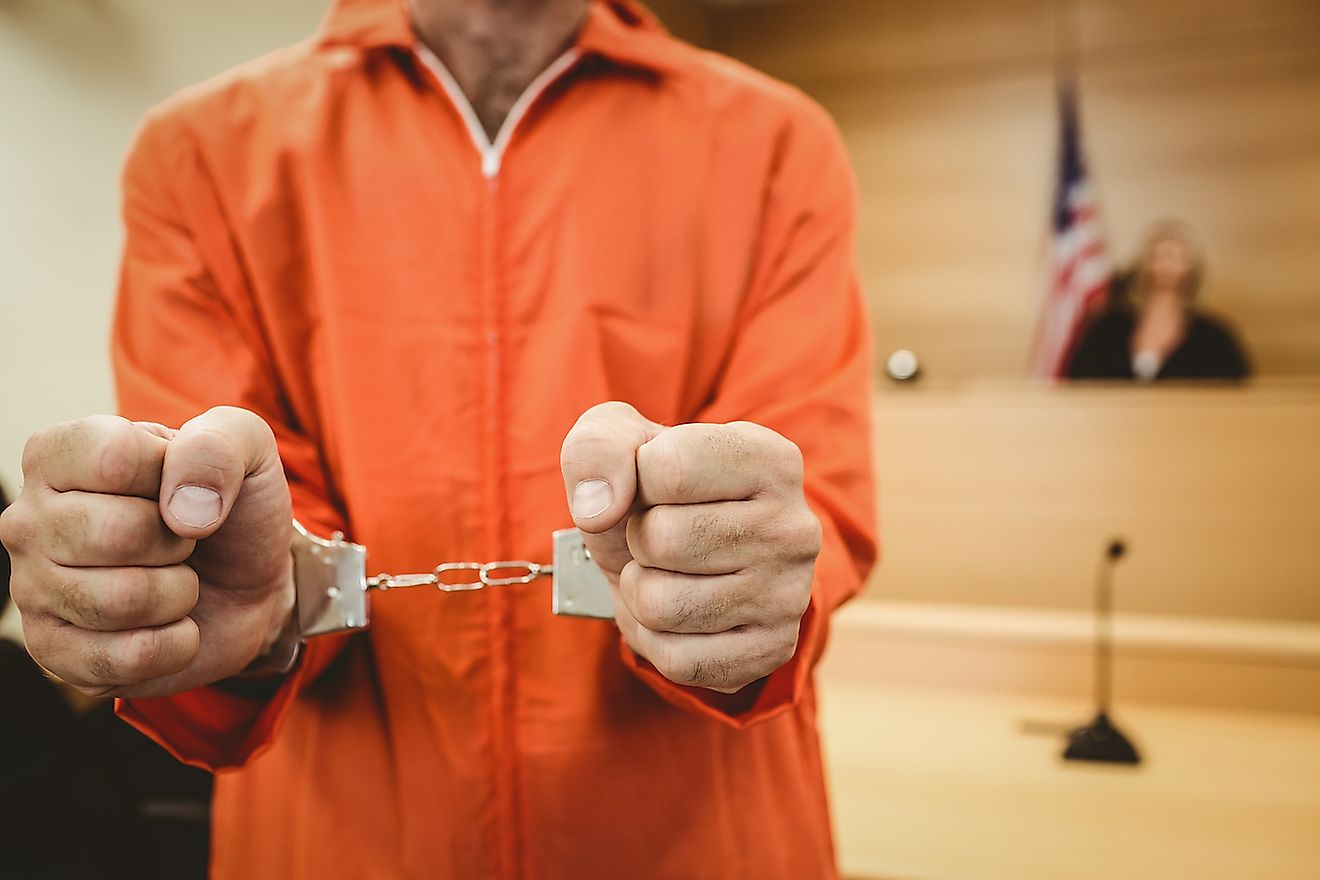
- Violent crime had reached new heights in the early 1990s, but these rates fell by approximately 51 percent between 1993 and 2018.
- A common myth is that the majority of break-ins occur at night, when in reality, most burglaries take place between 10 am and 3 pm when the homeowners are more likely to be out.
- In 2012, America had an incarceration rate of 710 per 100,000 residents; that is approximately five times the average global rate of 130.
Statistics show that public perceptions about crime in the United States often do not reflect the reality of the situation. This means that Americans are largely misinformed, whether it be because of the news, social media, or word-of-mouth. What some might believe to be true, is, in fact, wrong. The following are ten facts about crime in the US that might come as a shock to certain individuals. They have been pulled from reputable sources, including the Pew Research Center and the Hamilton Project.
10. Unreported Crimes
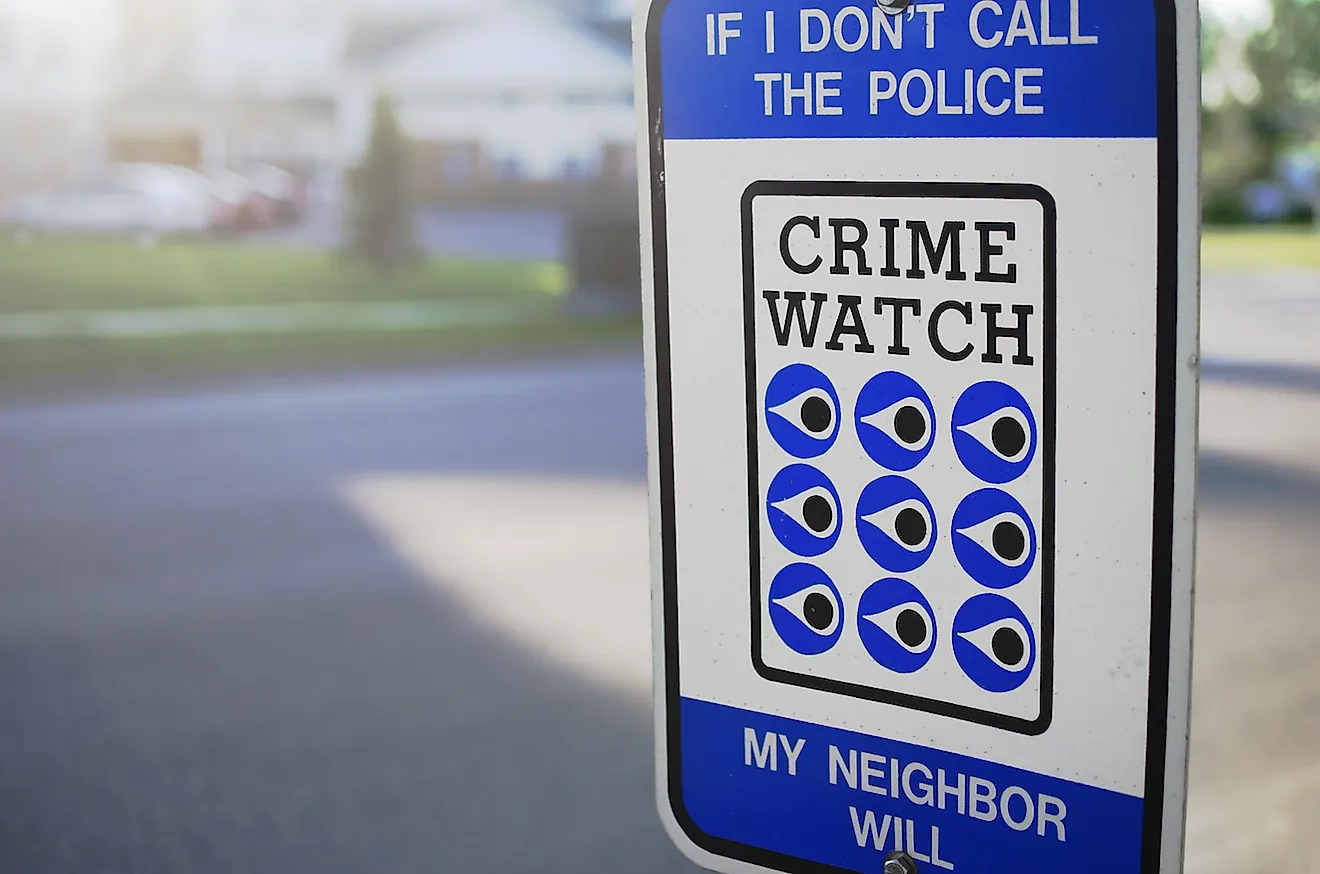
An unfortunate truth is that most crimes in the United States go unreported. According to an annual survey conducted by the Bureau of Justice Statistics (BJS), approximately 43 percent of violent crimes were reported to the police in 2018; that is less than half. Even worse, only 34 percent of property crimes were reported that same year.
There are a variety of reasons that could explain these numbers: victims thinking the crime is unimportant, or that it is too personal and would be embarrassing. Moreover, some victims refuse to report certain offenses thinking it could somehow land them in trouble. Of course, personal feelings toward the police influence these numbers as well, such as a lack of faith in their ability to help, or in the case of many non-white communities, the notion that they will be apathetic toward their troubles.
9. Unsolved Crimes
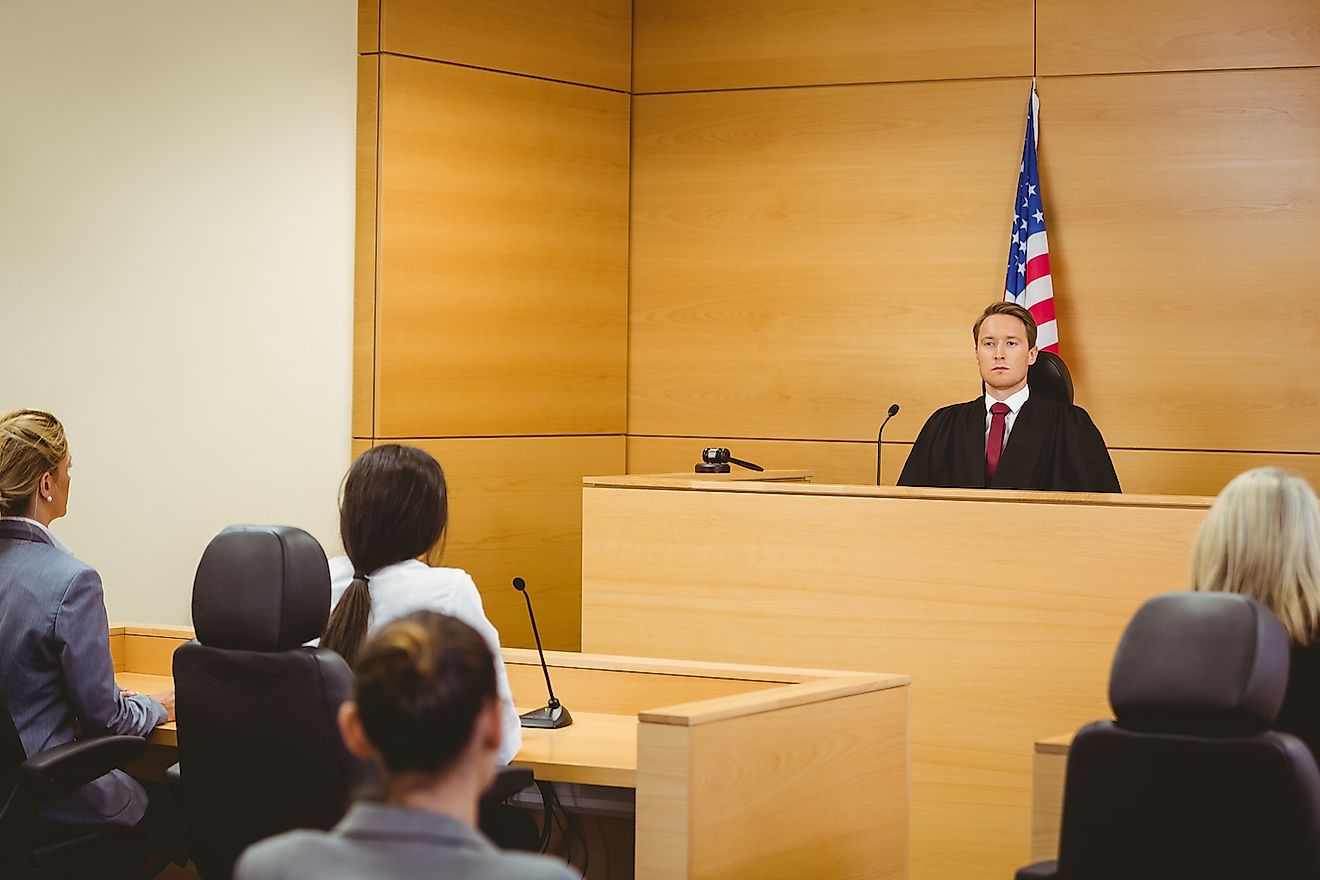
For the crimes that do get reported, many will typically remain unsolved. The FBI measures the success of reported crimes through clearance rates; these are crimes that are not necessarily solved, but are considered closed based on an arrest and ensuing prosecution. In 2018, the various police forces across the United States cleared 46 percent of violent crimes. The fact that less than half of reported crimes got “solved” that year is a painfully uninspiring statistic, especially considering how many go unreported in the first place. Cleared property crimes were even less at only eighteen percent.
8. Violent Crime Rates
The above may be alarming, but not every crime-related statistic is distressing. Given what we see on the news and the fear campaigns of various individuals and institutions, it is easy to understand why people think crime is on the rise. However, in actuality, violent crime has fallen significantly over the past twenty years. These types of offenses include robbery, assault, and rape. Crime had reached new heights in the early 1990s, but these rates fell by approximately 51 percent between 1993 and 2018. The only exceptions were sporadic increases here and there, which were most likely caused by localized and isolated incidents.
7. Property Crime Rates
Along with violent offenses, the property crime rate has diminished substantially over the past twenty years. Such crimes include arson, burglary, and motor vehicle theft. Data collected by the FBI indicates that it dropped by approximately 54 percent between 1993 and 2018. While there are dozens of plausible explanations—the strictness of police and the state of the economy, for instance—it has been confirmed that the rise of technology and the mass production of home security systems has had a significant impact on that number.
6. Home Burglaries
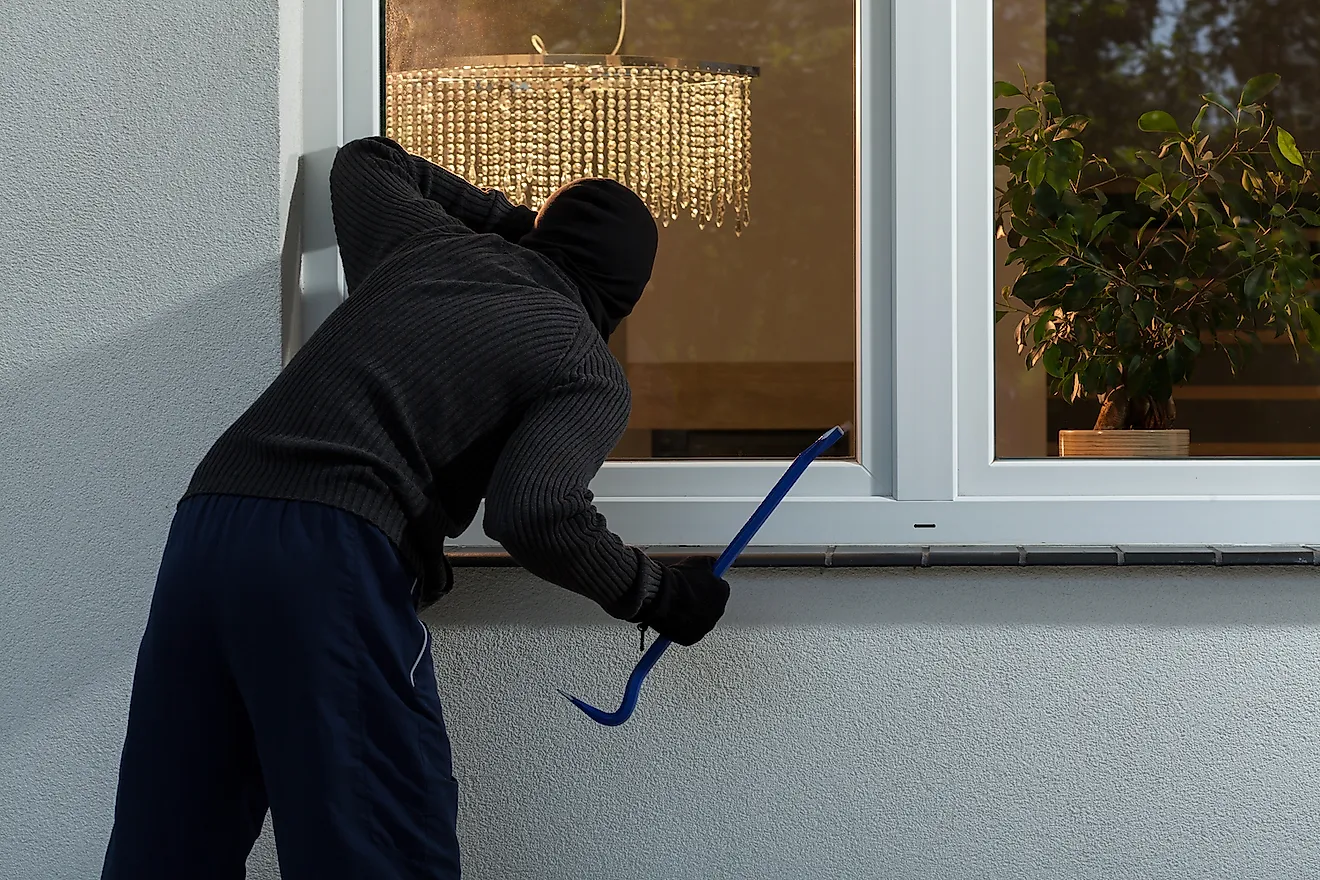
While the number is decreasing, it is important to note that two-thirds of all burglaries in the United States are home break-ins. In 2015, burglars stole an estimated $14 billion worth of valuables. Perhaps unsurprisingly, summer is the season with the highest rates, and more often than not, the doors and windows of the targeted houses were unlocked.
A common myth, however, is that the majority of break-ins occur at night under a blanket of darkness. In reality, most burglaries take place between 10 am and 3 pm when the homeowners are likely to be out. If they are present during the break-in, there is a seven percent chance that they will fall victim to violence. Furthermore, while we typically think of burglars as mysterious masked men, 65 percent of the time, the homeowners know the culprits personally.
5. Crime By Geographical Location
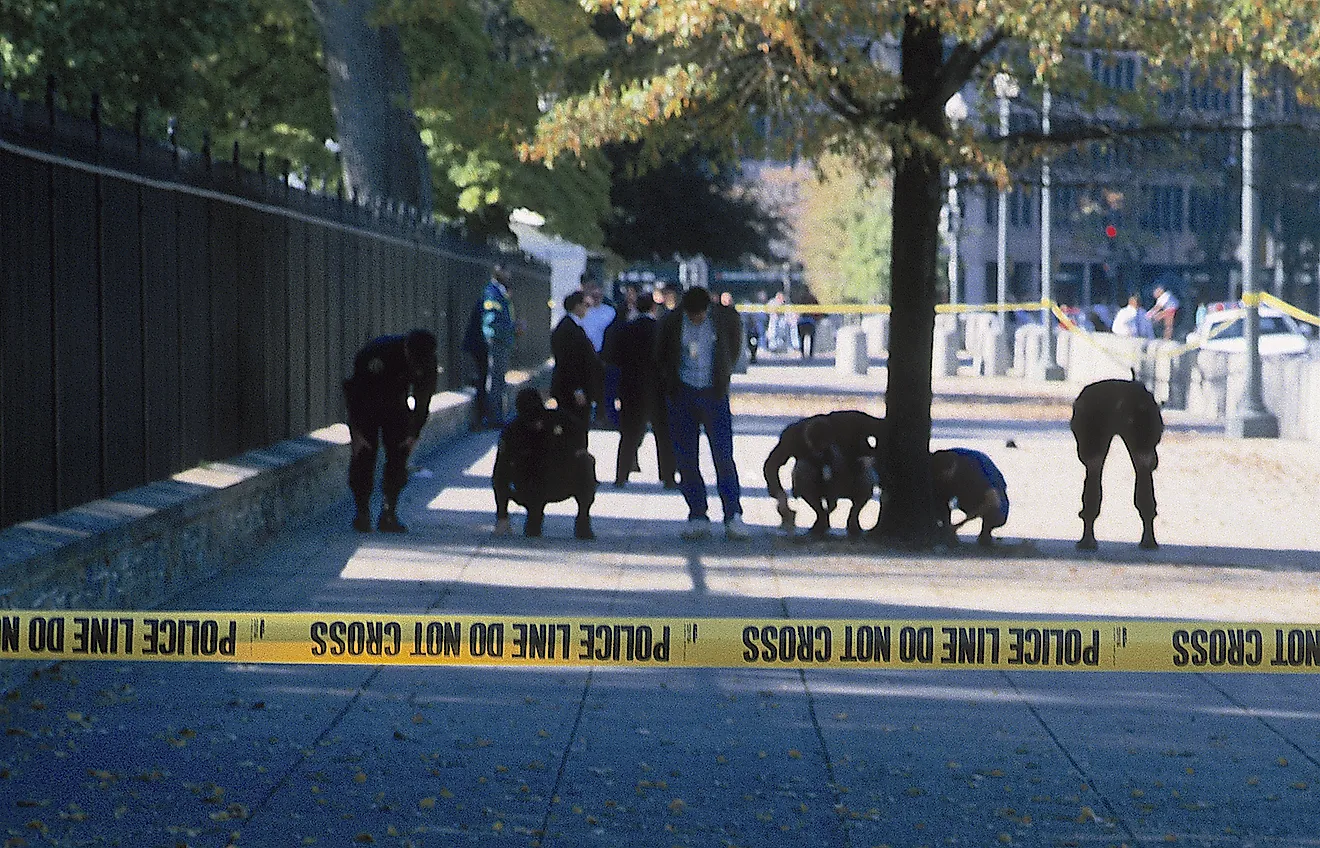
Statistics show that there are variations in crime rates in regard to geographical location. On the surface, this might not be surprising, at least until the numbers are shown. In 2018, there were approximately 800 violent crimes per 100,000 residents in Alaska and New Mexico; in contrast, some states such as New Hampshire and Vermont had rates below 200 with the same amount of residents. What might be the most shocking statistic is that despite its dangerous reputation, Chicago is far safer than St. Louis and Baltimore which have more than double the amount of murders per 100,000 residents than the Windy City. The reasons for such drastic differences are limitless: population density, economic conditions, and access to education just to name a few.
4. Low-Income Communities
One would be forgiven for thinking that upper-class members are the primary targets for violent crimes, that their wealth makes them more desirable as prey. However, statistics show that low-income individuals are in actuality more likely to be victims. In 2008, the number of crimes against people with a yearly salary less than $15,000 was three times higher than those who made over $75,000. In certain areas, the unfortunate level of poverty gives rise to unlawful activities which tend to remain rooted within these various communities, demonstrating that lower-class criminals prey on people within their own income bracket.
3. Gangs
The presence of gangs in America has been an issue for decades. While not all gang members are wrongdoers, many are involved in illicit activities. According to data provided by the FBI, there were 33,000 violent gangs active in the United States in 2011, with a combined 1.4 million members. This is a 40 percent increase since 2009. More and more, they are participating in non-traditional crimes, such as human trafficking and identity theft. These reports also show that smaller gangs based in neighborhoods commit more violent crimes than countrywide gangs.
2. Biases Against People of Color
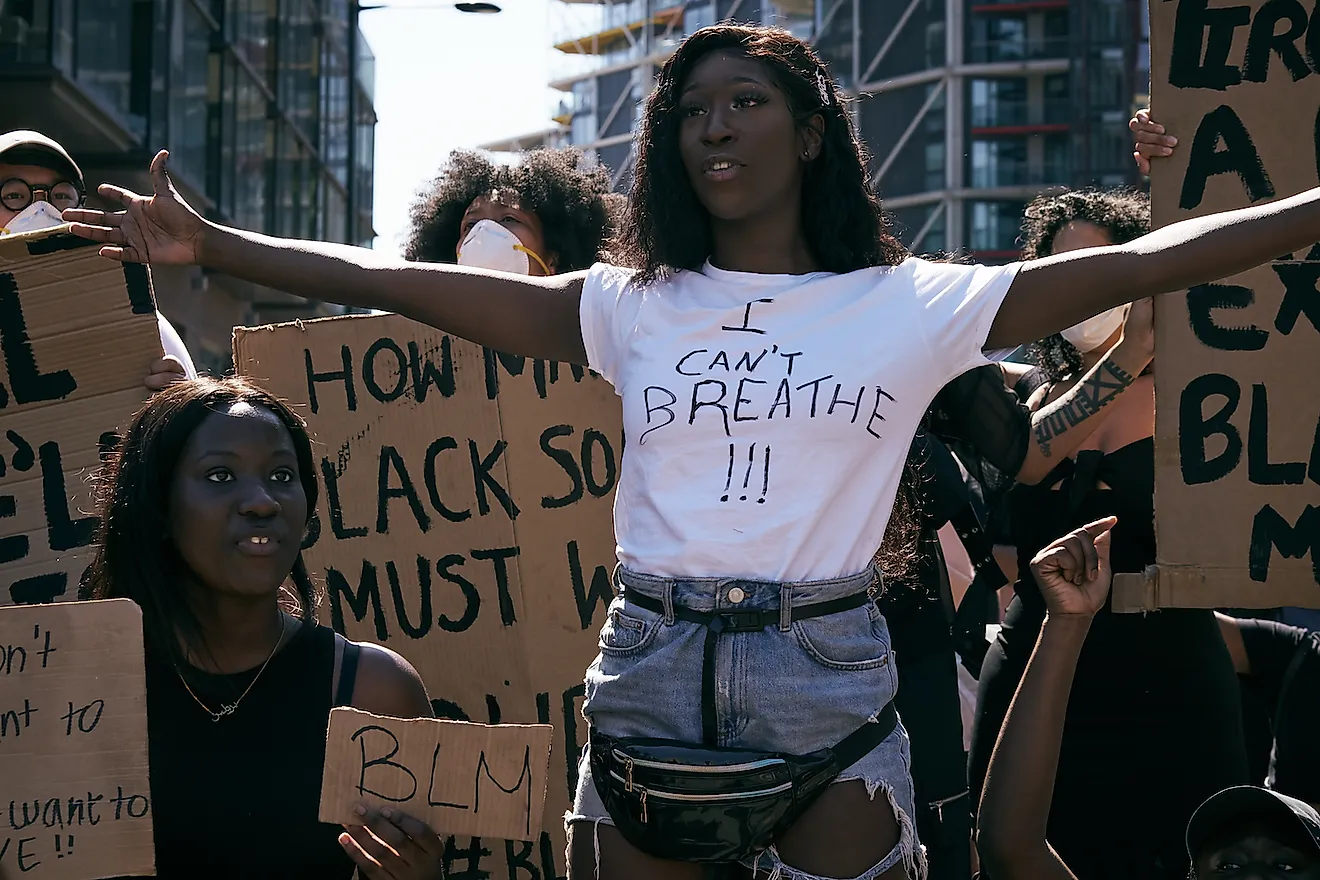
A lot can be said about the unfair treatment of people of color, much of which might have been shocking for some at one point, but now has become sad truths. However, there are certain statistics that show just how deeply entrenched our collective biases are. For example, there is a 70 percent chance that black men without a high school diploma will be imprisoned before they turn forty. This means that jail is a greater probability than finding permanent employment. It should also be noted that they are 53 percent more likely to meet that very fate than white high school dropouts.
1. Incarceration Rates
If the amount of people locked up in prison was some sort of weird international contest, the United States would blow all of its competitors out of the water. In 2012, America had an incarceration rate of 710 per 100,000 residents. That is approximately five times the average global rate of 130. For a more specific comparison, Canada boasts a rate of 118. As with everything outlined in this article, there are several reasons to explain these numbers, including longer prison sentences and drug control policies. Whatever the reason, the American justice system can easily be defined by its ridiculously high incarceration rates.











